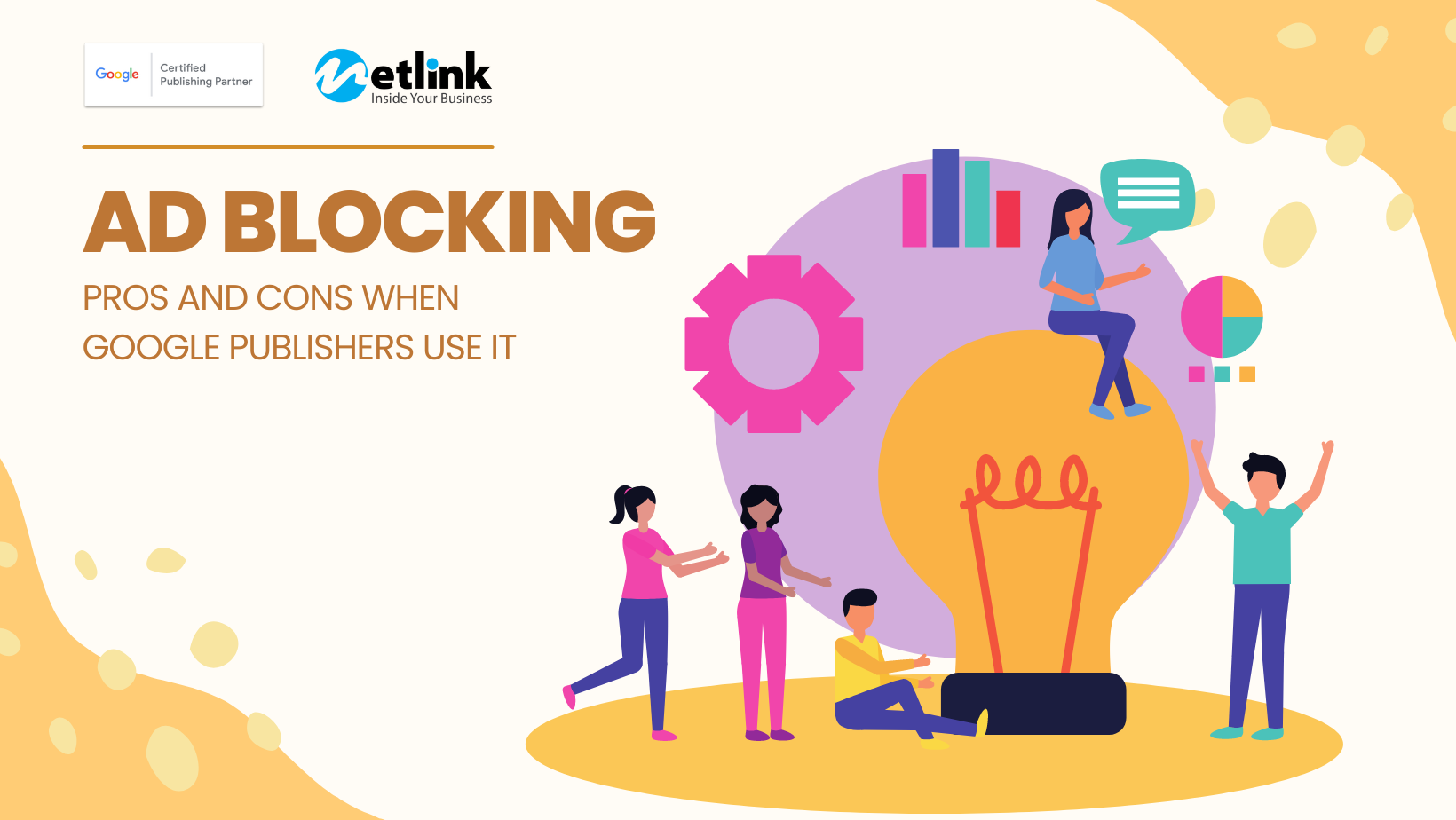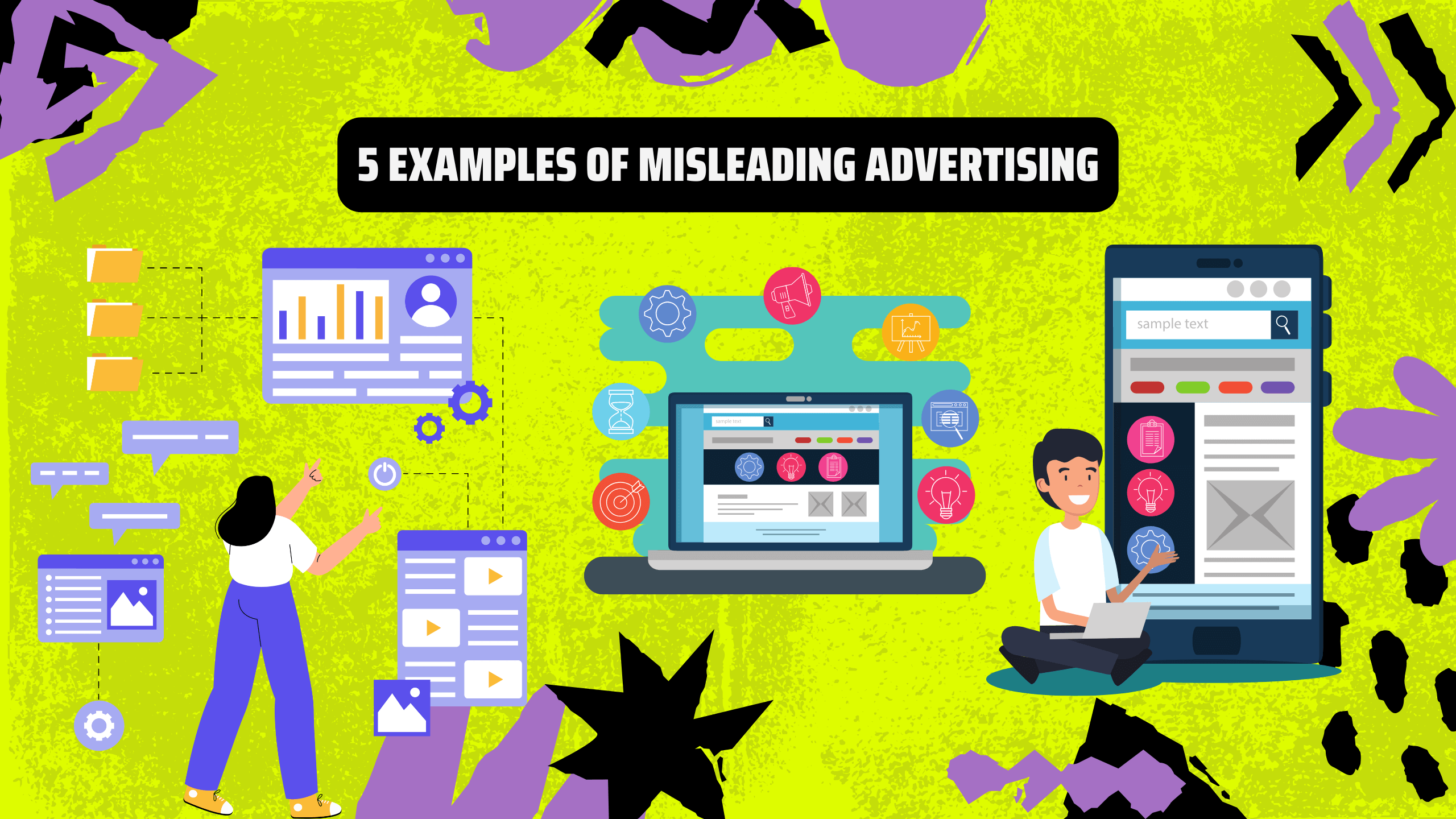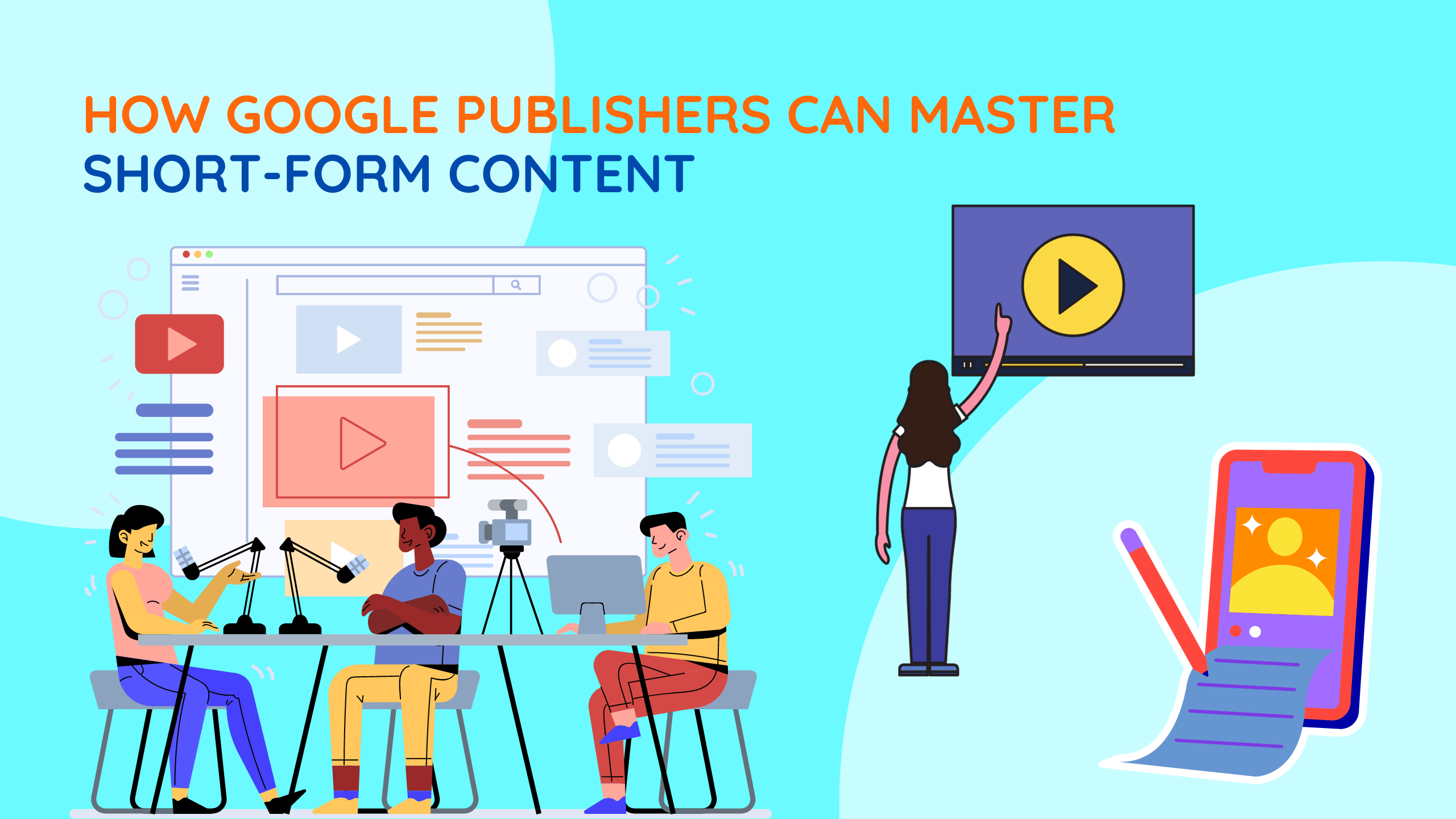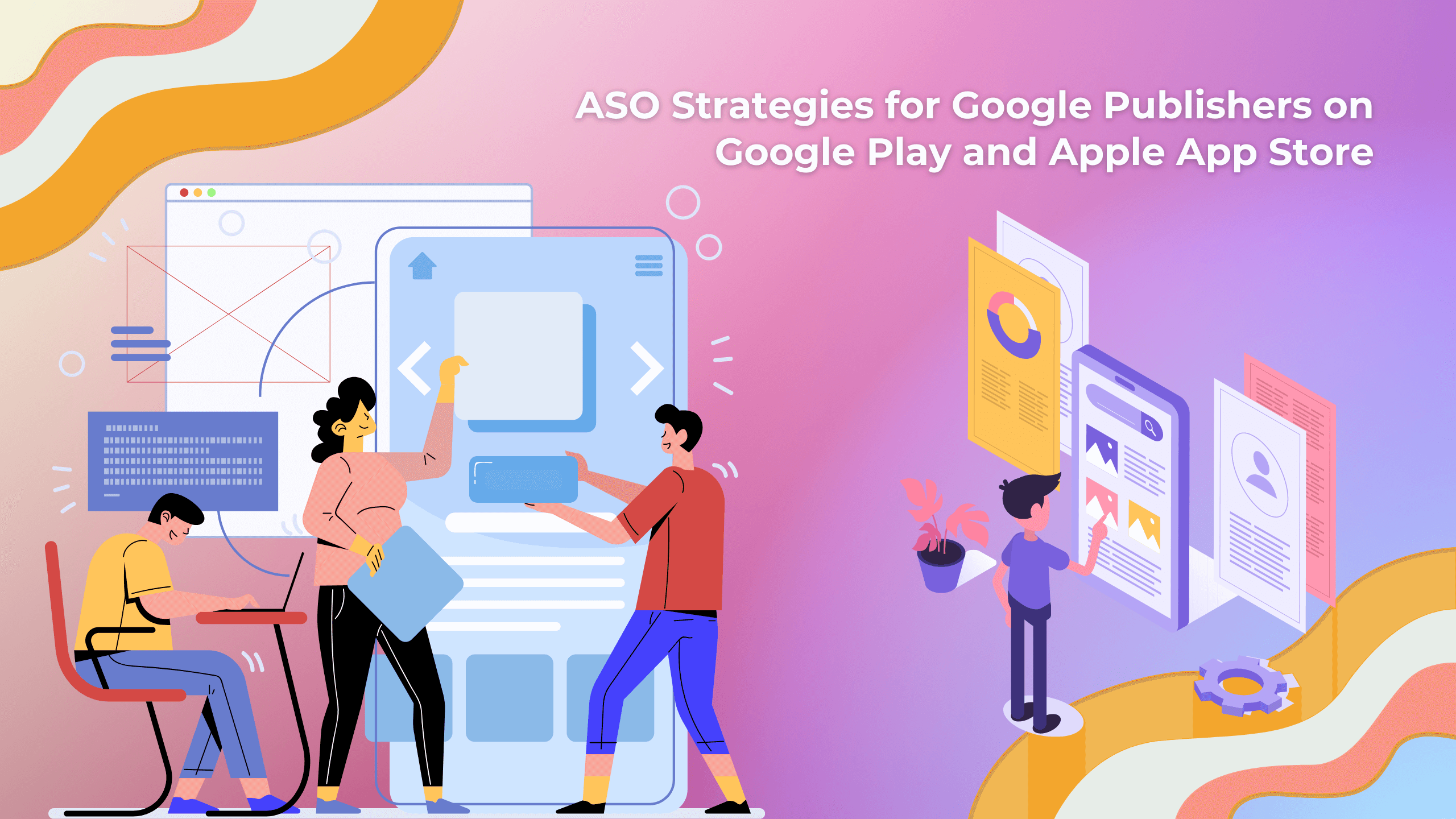In the vast expanse of the digital advertising landscape, the power to decide which advertisers and brands have the privilege to display their content on your platform is a double-edged sword. Ad blocking, a mechanism allowing publishers to selectively block certain ads, has emerged as a potent tool for Google publishers. This blog delves into the realm of ad blocking, uncovering its potential advantages and drawbacks when wielded by publishers aiming to maintain brand consistency and enhance user experience.
I. The Pros of Ad Blocking for Google Publishers:
1. Tailored Brand Collaborations:
Ad blocking empowers publishers to curate their brand collaborations, aligning their content with brands that resonate with their ethos. By blocking ads that don’t match the tone, values, or target audience of their website or app, publishers can ensure a seamless and harmonious user experience. This strategic alignment enhances brand credibility and fosters a stronger connection with its audience.
2. Preserving Brand Integrity:
Maintaining brand integrity is paramount for publishers. With ad blocking, publishers can prevent ads that could potentially clash with their own content from showing up. Imagine a health and wellness blog inadvertently displaying fast-food advertisements; this could compromise the credibility of the content and the brand’s authority. Ad blocking safeguards brand identity by ensuring that ads complement the existing content.
.png)
3. Enhanced User Experience:
Ad-heavy websites can be a nightmare for users, leading to slow loading times and a disrupted browsing experience. By blocking excessive or intrusive ads, publishers can significantly improve user experience, reducing bounce rates and encouraging prolonged engagement. A seamless, uncluttered interface contributes to higher user satisfaction and loyalty.
II. The Cons of Ad Blocking for Google Publishers:
1. Revenue Impact:
While ad blocking may promise enhanced user experience, it comes at the cost of potential revenue loss. Advertisements are a lifeline for publishers, and selectively blocking ads could result in a significant drop in revenue. Publishers must weigh the financial implications of ad blocking against the benefits of brand consistency and user satisfaction.
2. Potential Technical Challenges:
Implementing ad blocking might introduce technical complexities. Ensuring that the ad-blocking mechanism works flawlessly, blocking only the designated ads while allowing others, requires meticulous configuration. Any glitches could lead to unintended consequences, such as blocking legitimate ads or causing inconsistencies in ad delivery.
3. Striking the Right Balance:
Successfully leveraging ad blocking necessitates striking a delicate balance between brand consistency and revenue generation. Publishers must carefully assess the long-term impact on their financial stability while aligning with their brand values. Adopting a nuanced approach that acknowledges the nuances of their audience’s preferences and the potential consequences is essential.
.png)
III. Best Practices for Effective Ad Blocking:
1. Clear Communication:
Transparently communicate the rationale behind ad blocking to your audience. Educate them about the benefits it offers in terms of user experience and brand consistency.
2. Strategic Selection:
Exercise discretion while blocking ads. Prioritize those that pose a direct conflict with your brand’s values or content. Avoid blocking all ads indiscriminately to prevent undue revenue loss.
3. Continuous Review:
Regularly assess the effectiveness of your ad-blocking strategy. Monitor user feedback, engagement metrics, and revenue fluctuations to make informed decisions about ad-blocking configurations.
Conclusion:
In the dynamic landscape of digital advertising, ad blocking for Google publishers presents both a boon and a challenge. Publishers can wield this tool to curate brand collaborations, enhance user experience, and maintain brand integrity. However, the potential impact on revenue demands careful consideration. As publishers tread this delicate path, they must assess the alignment between brand consistency and financial sustainability. Ad blocking, when employed thoughtfully, can serve as a bridge to harmonize user satisfaction and revenue generation, ensuring a positive and profitable digital presence.











